For the third year in a row, Iranians are poised to celebrate Nowruz, the Persian New Year, under the dark shadow of the coronavirus pandemic. Health officials are saying that the sixth surge of infections, dominated by Omicron, will likely peak in two weeks’ time, with Nowruz to fall shortly afterward on March 21.
This is the time of year that many Iranians travel across the country to visit family and friends. So far, despite the surge in new cases of Covid-19, there has been no official talk of restrictions or fresh closures of public spaces.
Ahead of the anticipated peak, the Health Ministry’s official figures put the daily number of Covid-19 fatalities at more than 200 per day: likely a fraction of the total due to low testing capacity. Is there any containment plan in place at all anymore?
No Figures to Show Link Between Non-Vaccine Uptake and Serious Covid-19
Mohammad Hashemi, head of the Health Ministry’s information office, has confirmed there are no statistics available from which to discern how many of those recently hospitalized from Covid-19 had or had not received a vaccine. These types of figures, he claimed, could only be ascertained via a “research project”: one that has reportedly only just got under way.
Other countries have been able to release this data almost concurrently, and Persian-language media outlets have taken the Ministry of Health to task over this failure. The lack of patient vaccination data is shocking in itself, wrote the website Didehban Iran, “but still stranger is the fact that the Health Ministry, as the guardian of our health, has not demanded such data even though vaccinations started months ago.”
Masoud Yunesian, secretary of the Coronavirus Epidemiology Committee, said the failure to publish vaccination rates among Covid-19 patients would encourage vaccine hesitancy in Iran. The Ministry of Health, he added, had made “no effort” to inform the public about the efficacy of vaccines in preventing serious Covid-19 in Iran.
“Accurate statistics about Covid-19 infections are essential for preventing future peaks,” Dr. Kavian Milani, a specialist in family medicine who resides in the US, told IranWire. “It also helps medical personnel to fight the disease.”
An even more basic set of necessary statistics, the daily number of Covid-19 fatalities in Iran, is woefully incomplete and unreliable. Experts believe that based on excess deaths recorded in Iran over the same period, the real number of Covid-19 deaths could be at least twice the official figure of 136,000, likely because of low testing and early manipulation of data.
Vaccines Donated by Poland Returned
Last week Ruhollah Latifi, a spokesman for Iran’s Customs Agency, announced that a shipment of 820,000 doses of Covid-19 vaccine donated by Poland has been returned on the direct orders of Health Minister Bahram Einollahi. According to him, the shipping logs showed the contents did not come from “reliable” European companies approved by the ministry. Einollahi himself then confirmed the relevant vaccines had come from “unauthorized sources”. The vaccines donated by Poland were reportedly the AstraZeneca. Fars News Agency, affiliated with the Revolutionary Guards, claimed that they had been “made in the USA”.
Supreme Leader Ali Khamenei previously banned vaccines manufactured in the US and UK, then appeared to row back on the edict last year. More recently the Food and Drug Administration claimed it had banned vaccine imports outright in a bid to push Iranians to accept a locally-made equivalent, or one of the products jointly produced with Cuba. None of these alternatives have been endorsed by the World Health Organization (WHO).
Most batches of AstraZeneca sent to the Iranian government came from South Korea, Italy, Australia and Japan. There are currently still shortages at vaccination hubs across Iran, with many people who received AstraZeneca for their first jab now at a loss as to what to do.
Assessing the Impact of Omicron
The Omicron variant is now known to cause generally milder symptoms, but spreads extremely quickly. In a very short space of time, Omicron has become the dominant variant around the world and in many cases has infected even those who have been double- or triple-jabbed. The booster shot, however, is known to drastically improve protection from serious illness.
Omicron became the dominant variant in Iran around five weeks ago. Figures published by the Health Ministry, though far from complete, show a concurrent surge in deaths from Covid-19. Though there is a dearth of statistical data available for Iran, Dr. Sahar Motallebi, a population health expert based in Sweden, told IranWire that worldwide, “80 to 95 percent” of fatalities from Omicron were people who had not been vaccinated.
“Simultaneously,” Motallebi said, “people are fed up. They are becoming more exposed to the virus at gatherings, because they believe the virus is weakened now, and do not observe health guidelines.” The majority of those who died more recently from Omicron, she added, were older or suffering from comorbidities such as diabetes, cancer or heart disease.
The Prospects for Nowruz Travel in 2022
In recent days the National Coronavirus Taskforce has warned that Covid-19 fatalities will keep increasing for at least another two weeks. Masoud Mardani, a member of the taskforce, said the Omicron surge will peak in two weeks. And Hamid Reza Jama’ati, secretary of the taskforce’s scientific committee, said the officially-recorded number of fatalities is expected to start falling towards mid-March.
Despite these warnings, the Ministry of Science announced that all university students must appear in person for their end-of-semester exams. The Ministry of Education has adopted a similar approach. In a recent directive, the MoE barred provincial education departments from imposing blanket school closures. The memo went out shortly after President Ebrahim Raisi asked government agencies to work toward “bringing hope and joy to the people”.
No measures regarding Nowruz travel have been announced. But Hossein Ghasemi, secretary of the National Coronavirus Taskforce’s Security Social Committee, said those who are vaccinated and not infected should travel to any festivities in private cars or on public transport.
“Perhaps special measures for Nowruz could be enacted,” said Ezzatolah Zarghami, Minister of Cultural Heritage, Handicrafts and Tourism. “If some areas are declared to be on red alert then we shall impose restrictions where the law allows.” He added that if things run as expected, cities should be prepared for a “tsunami” of travel during the Nowruz holidays.
Restrictions imposed last Nowruz were either not effective or not properly enforced. The lax atmosphere contributed to the fourth wave of coronavirus last summer. Dr. Kavian Milani told IranWire that Nowruz travel could make the next wave last for longer: “It is possible that we will remain under the sixth wave for quite a while.
“The Nowruz holidays have both a positive and a negative aspect [in terms of Covid-19]. The positive aspect is that offices and schools are closed. On the other hand, since most infections come about within family gatherings, it is possible that the peak will be even higher.”
Currently around 60 percent of Iranians have received two doses of a Covid-19 vaccine. But fewer than 30 percent have received the all-important booster shot. That makes the situation more precarious as Omicron has shown that it can infect even those who have been vaccinated several times over.
Official Coronavirus Statistics
According to the Health Ministry’s weekly statistics, a total of 1,532 patients are known to have lost their lives to Covid-19 in the week ending February 24. With 236 deaths, February 21 had the highest officially-recorded number of fatalities for the week.
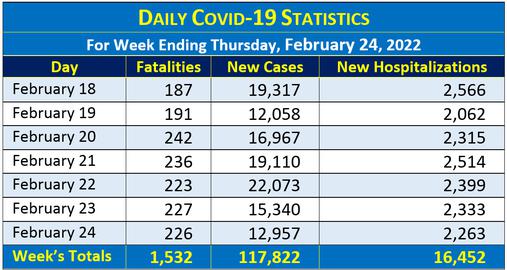
At the week’s end, 4,110 Covid-19 patients in Iran were being treated in ICUs. According to the Health Ministry, at the time of writing the total number of vaccine doses injected had reached 140,734,825.
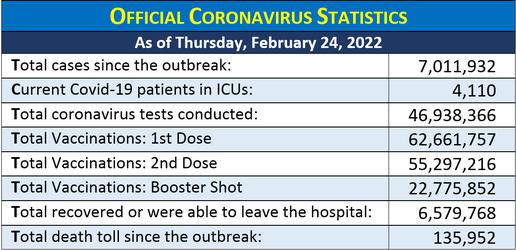
There are currently 337 Iranian cities on red alert for coronavirus transmission. Another 64 are rated orange and 47 are yellow. Currently no city in Iran is on “blue” alert.
Related coverage:
Recorded Covid-19 Deaths Jump 30 Percent in a Day
Omicron in Iran: "We're Burying Our Heads in the Sand"
Health Minister: Covid Did More Damage Than Iran-Iraq War
Confusion Over Omicron as Iranian Airlines Ignore Health Directive
Iran’s Omicron Crisis: Scapegoats, Wrong Turns and Political Moves
Top Health Ministry Clinician: Omicron Cases in Iran Four Times Our Official Figure
Covid-19 Cases on the Rise as Omicron Sweeps Through Iran
'Back to Square One': Health Ministry Confirms Sixth Wave of Coronavirus in Iran
Iran's 'Smart' Covid Pass System Blighted by Low Resourcing
Iranian Officials Promote Disinformation About Hybrid Covid-Flu 'Super-Virus'
Vaccine Imports 'Banned' in Iran, Drug Administration Boss Claims
Health Minister Blames Iran's Early Vaccine Crisis on 'Political Pressure'
Iran Struggles to Record Omicron Cases Amid Dearth of Test Kits
visit the accountability section
In this section of Iran Wire, you can contact the officials and launch your campaign for various problems




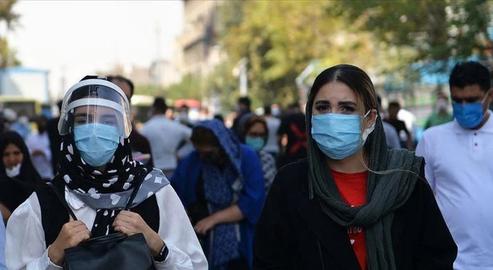

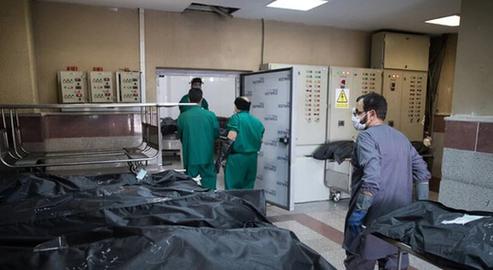

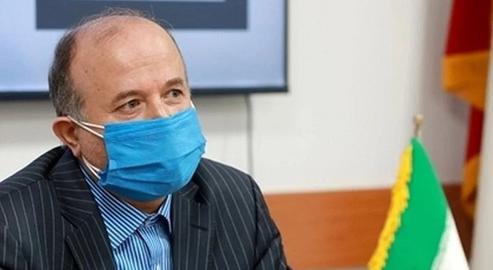
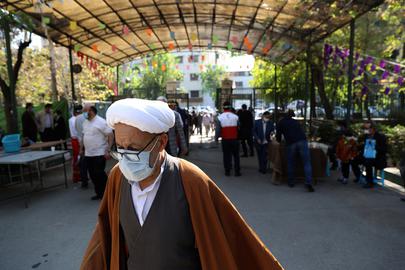

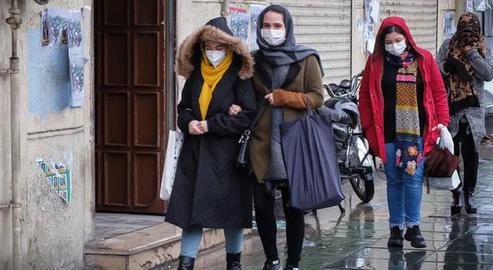

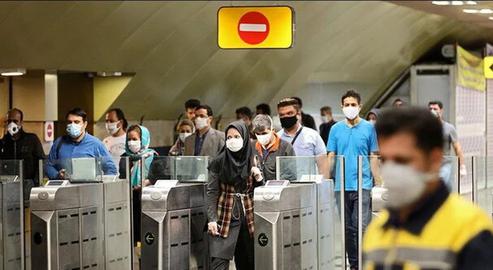
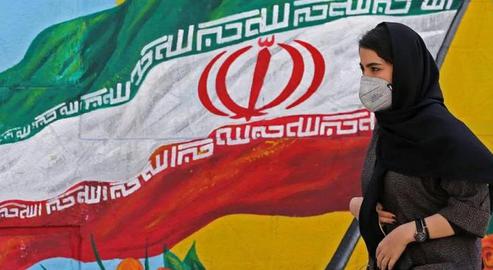
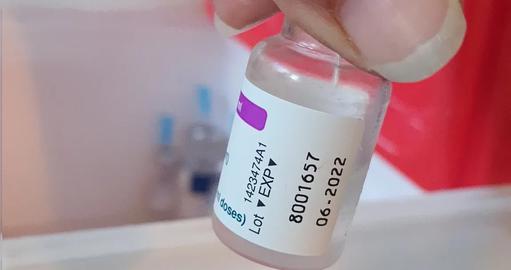

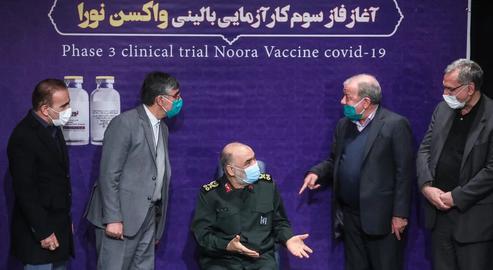
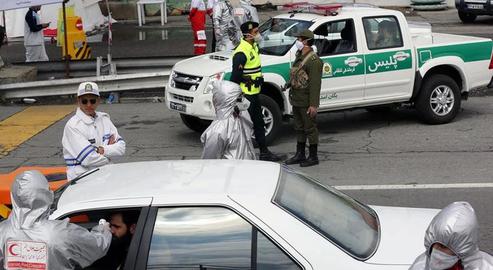

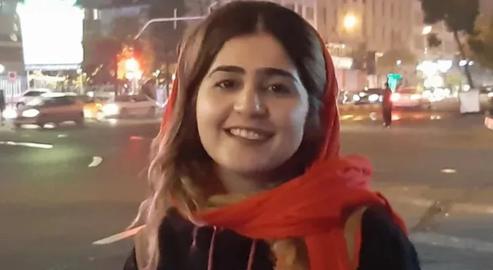
comments